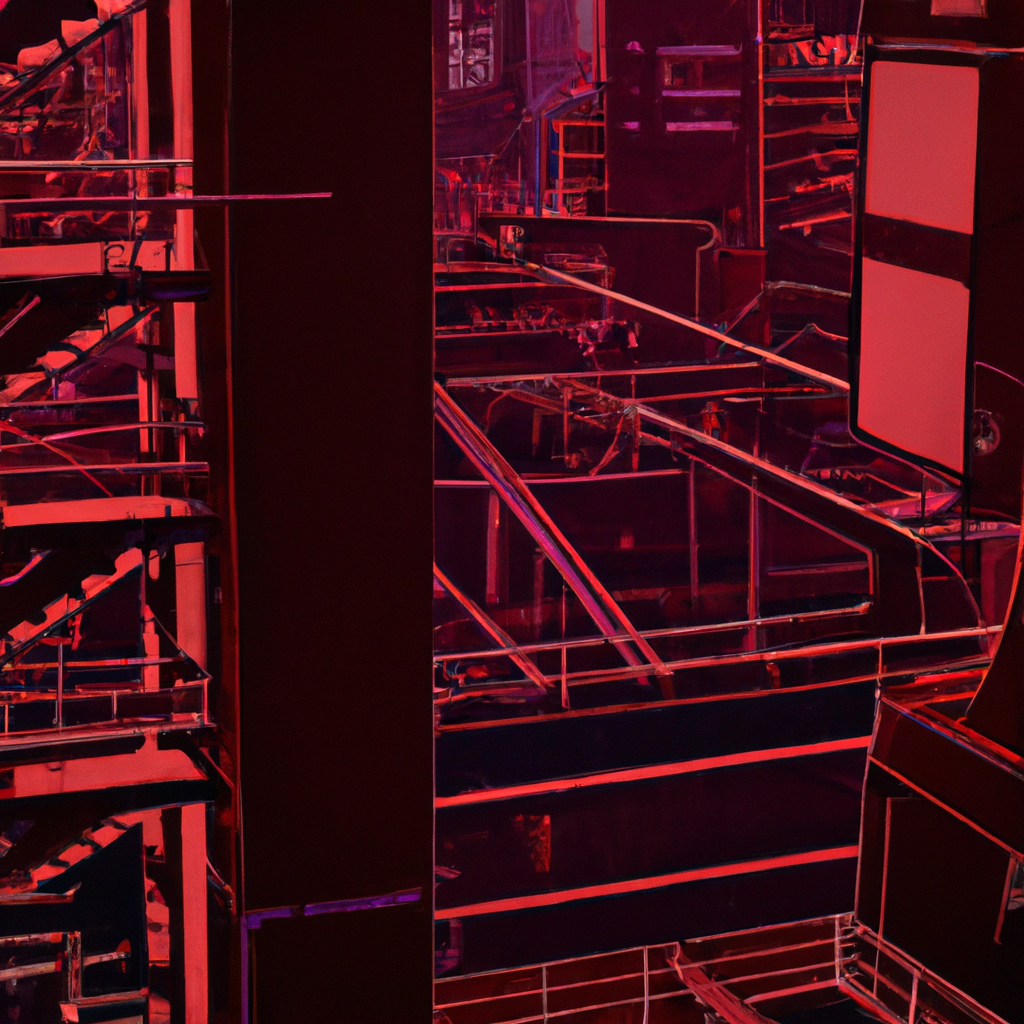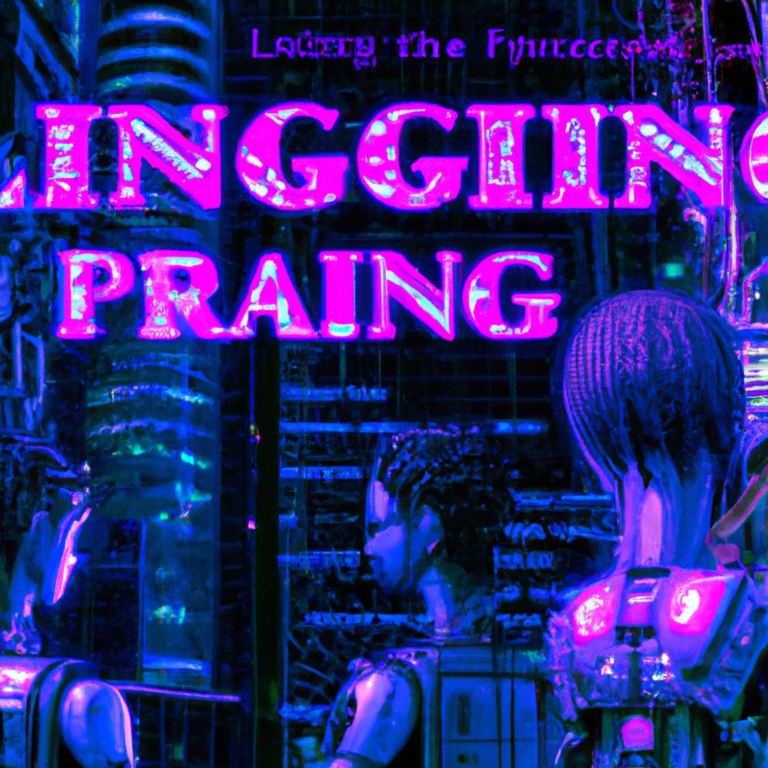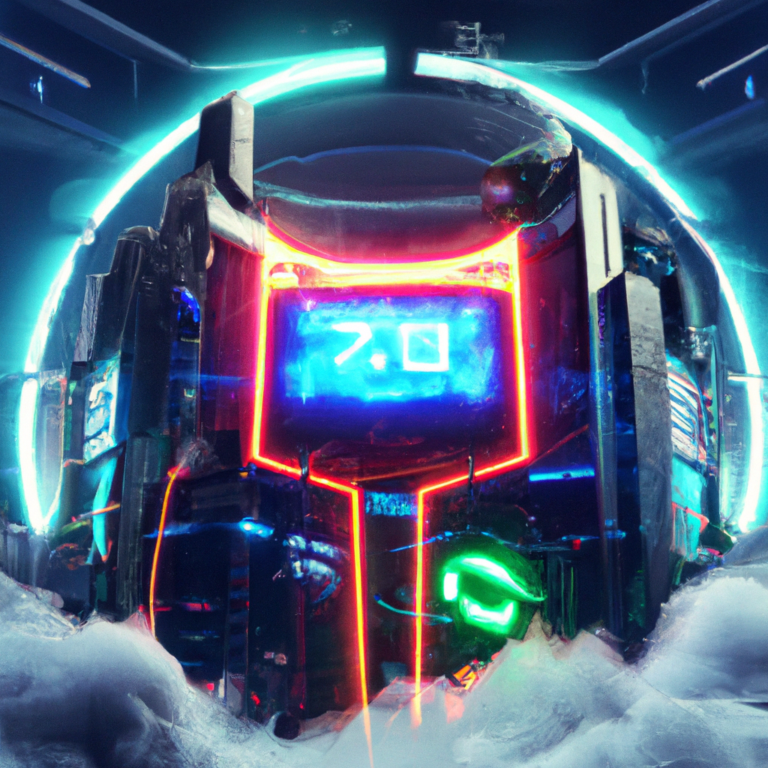“Unveiling the Secrets: An In-Depth Look into Game Development Workflows”
Game development workflows are intricate processes that encompass a wide range of activities – all aimed at creating an engaging and immersive gaming experience. The development cycle involves various stages, each having its own set of tasks and responsibilities. This blog post provides an overview of the game development workflows, delineating the key stages involved.
At the heart of every game development workflow is the pre-production stage. Here, the game concept is born and the initial designs are created. The development team defines the game genre, gameplay mechanics, story, characters, and art style. This stage also includes researching the market, creating a project plan, and assembling the team. Essentially, pre-production sets the direction for the entire project and is crucial for its subsequent stages.
Following pre-production, the next step in a game development workflow is the design phase. This involves the creation of detailed game design documents that lay out the specifics of the game, including levels, characters, game mechanics, and user interface. This stage is also where the narrative and dialogue are developed. The game design phase is iterative, meaning that designs are consistently refined and improved based on feedback and playtesting.
Next comes the prototyping stage. The aim here is to create a basic model of the game to experience the gameplay and test the mechanics. This allows developers to verify that the game is fun to play and assess whether the game design is feasible. The prototype doesn’t have to be perfect; it’s a tool for evaluating and refining the game concept.
After the prototype has been tested and approved, the game enters the production stage. This is the longest phase of game development and involves creating the game assets, such as 3D models, textures, animations, and sounds. The core game mechanics are implemented using a game engine, and levels are built and filled with interactive elements. Quality assurance plays a crucial role here, with regular testing to identify bugs and ensure that the game runs smoothly.
Post-production is the final phase of the game development workflow. This includes final playtesting, bug fixing, and polishing the game to ensure it provides a seamless and enjoyable experience for players. Marketing activities, such as creating trailers and launching promotional campaigns, also occur during this phase. Finally, the game is released to the public, often followed by post-launch updates and maintenance.
In essence, game development is a creative and complex process that requires careful planning, collaboration, and iteration. Each game development workflow may differ based on the specifics of the project, the team’s methodology, and the resources available. However, understanding the key stages involved provides a solid foundation for anyone interested in creating their own games or simply gaining a deeper understanding of how their favorite games are made.







